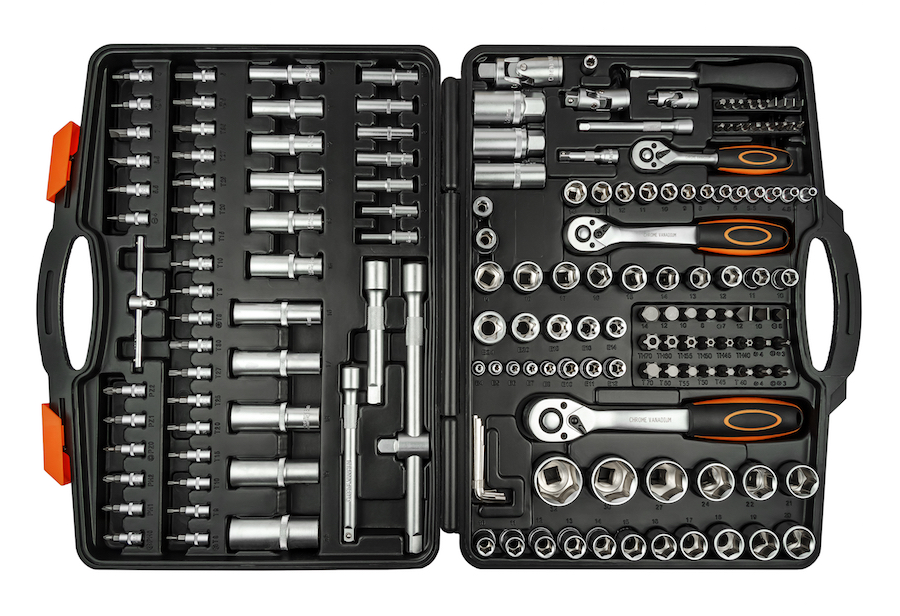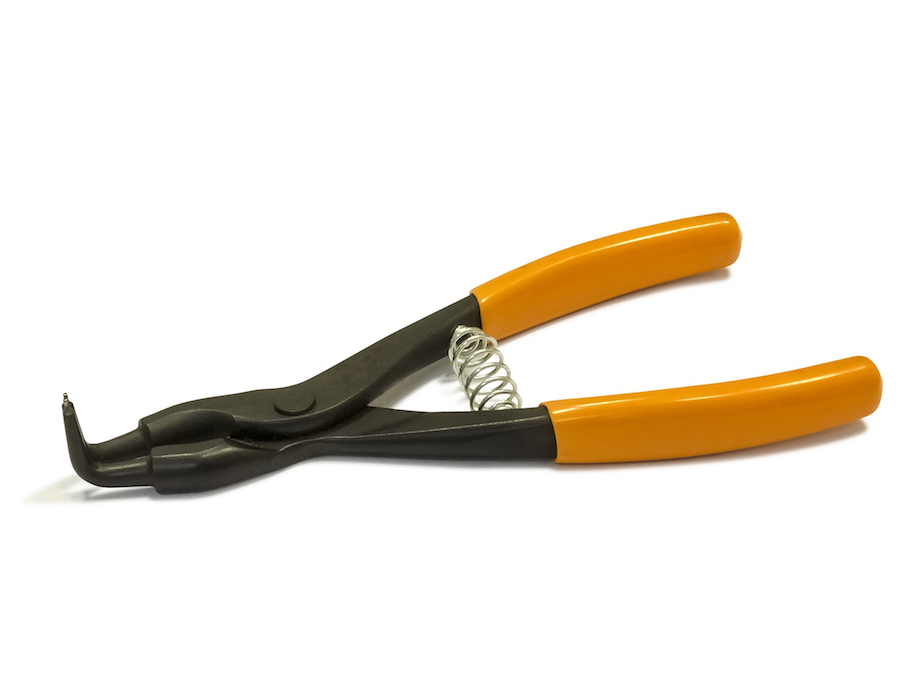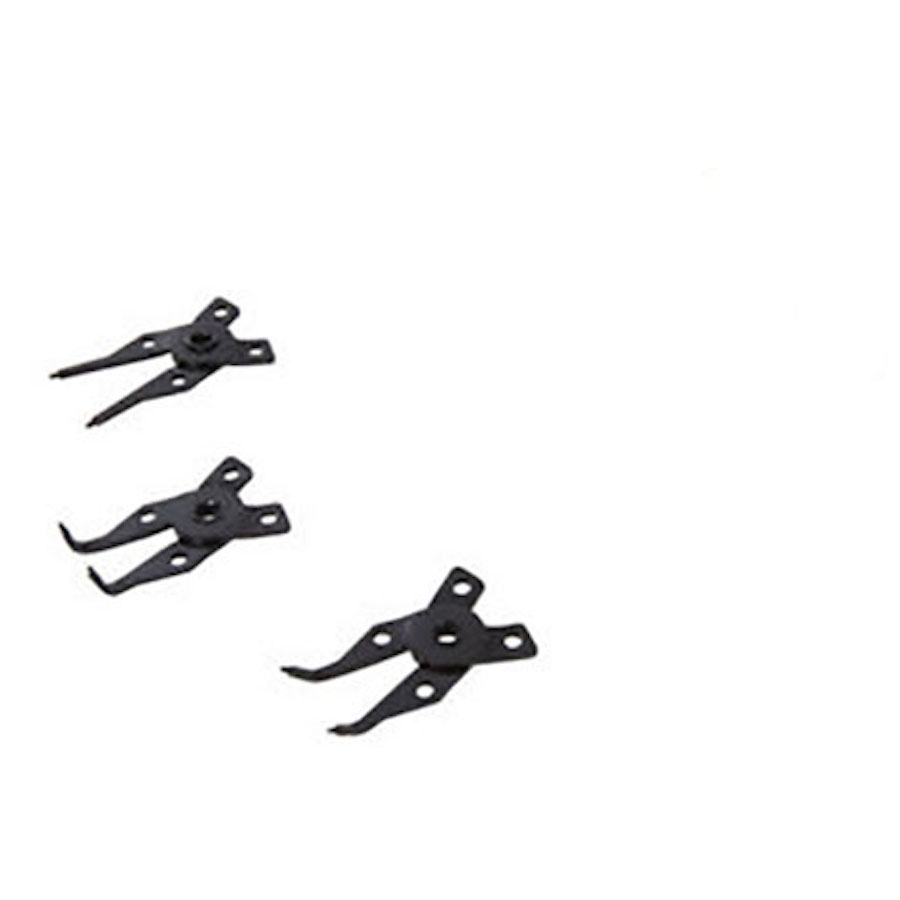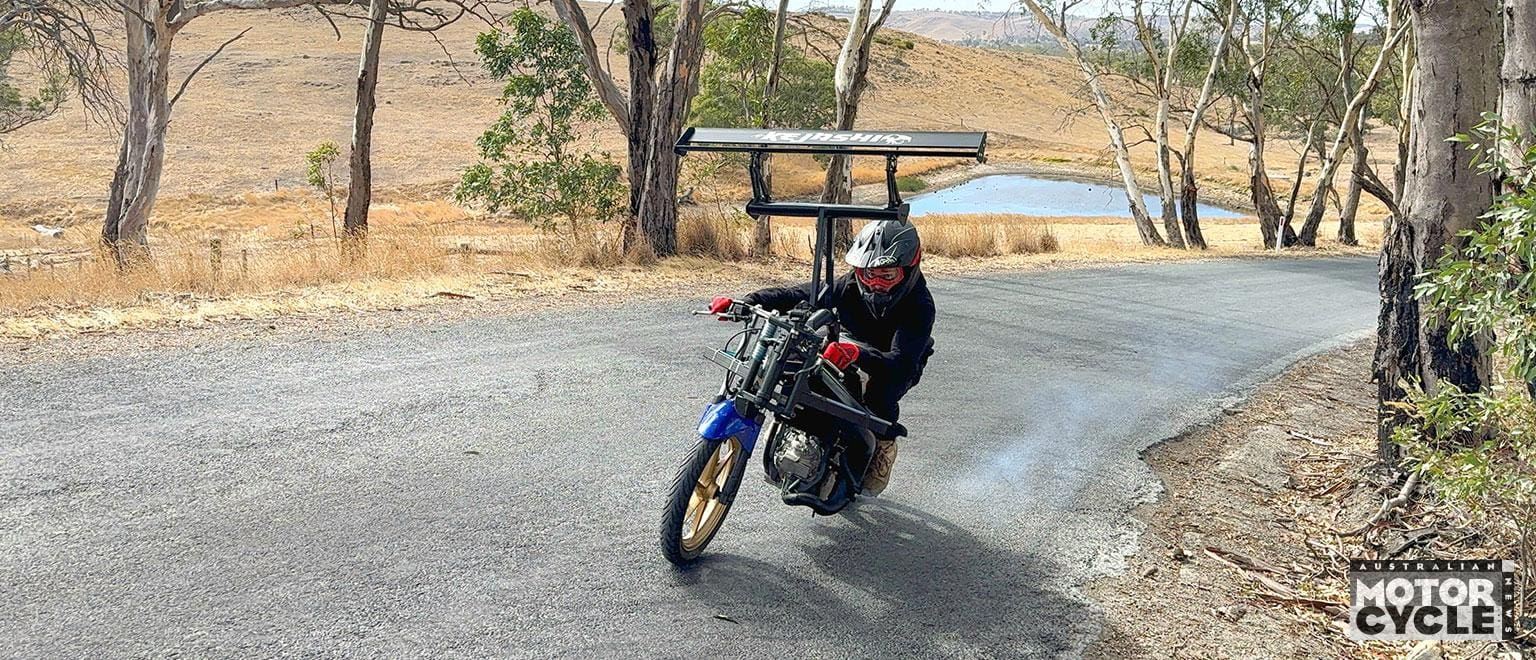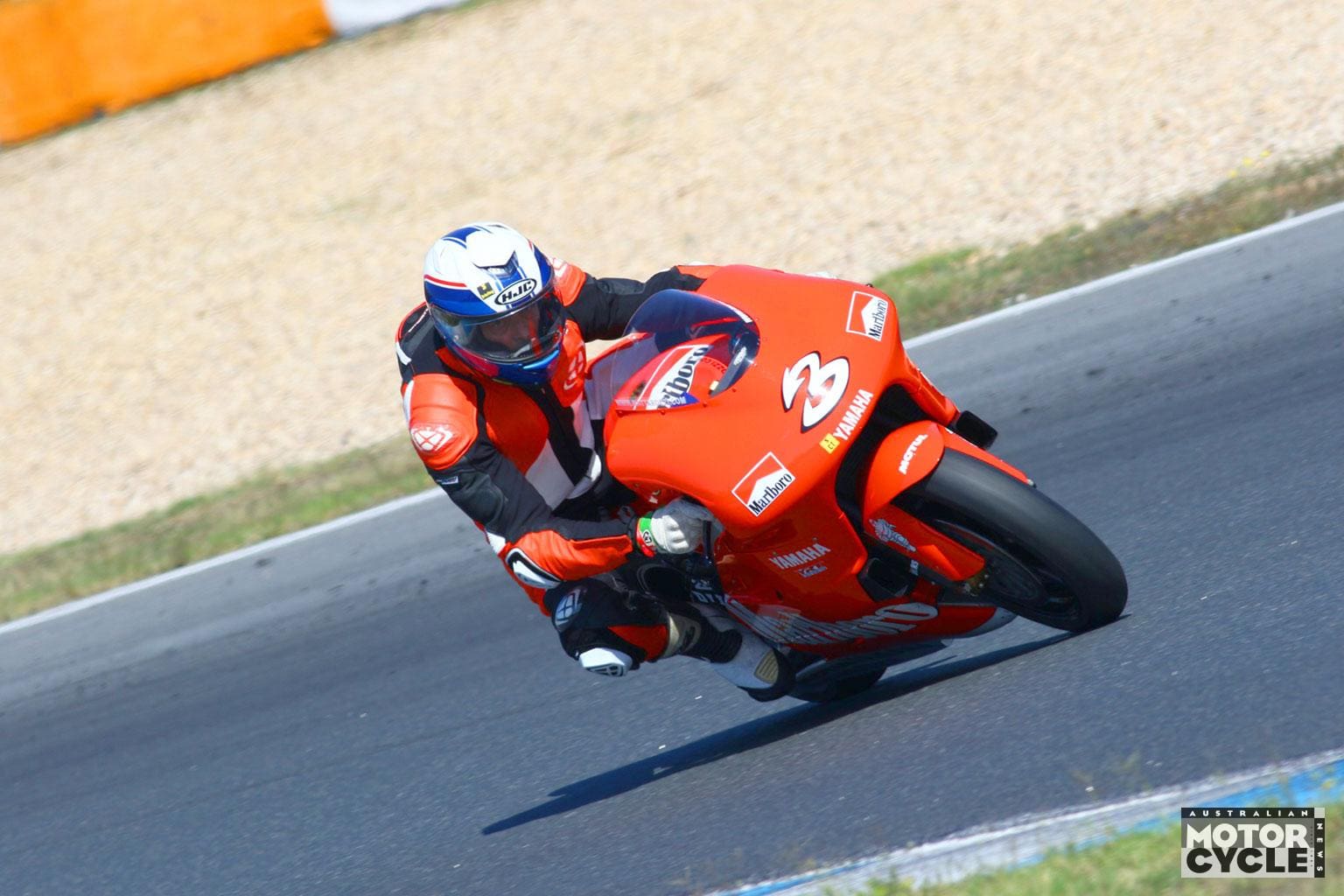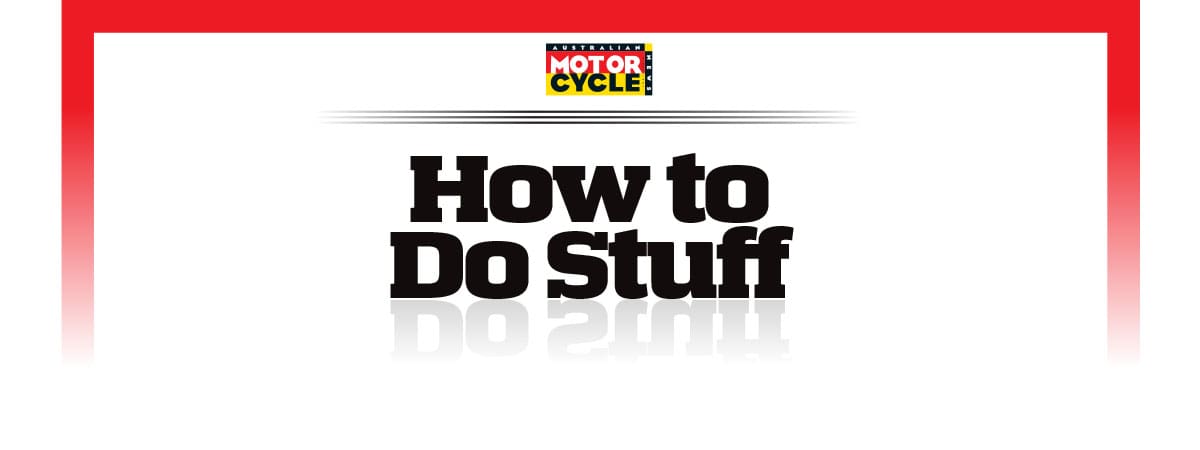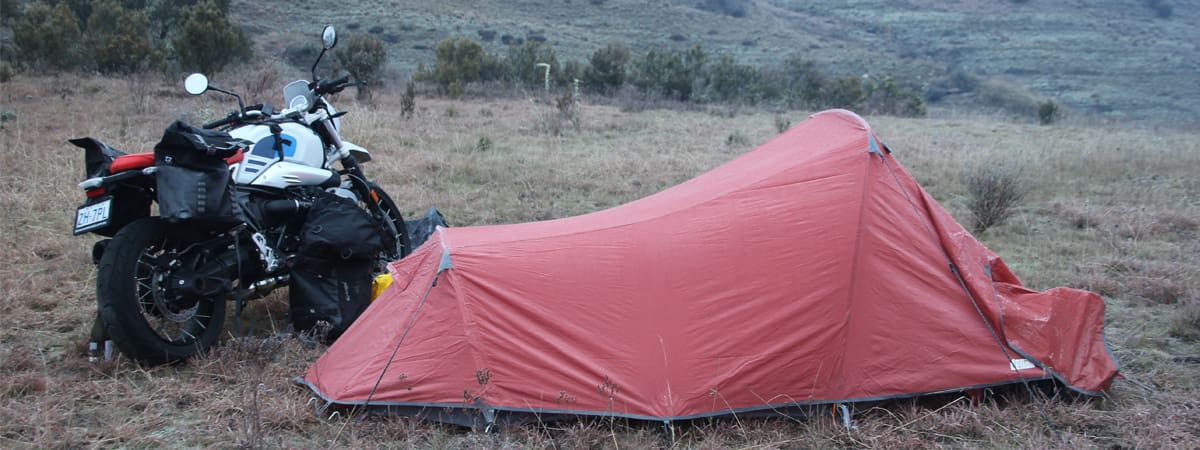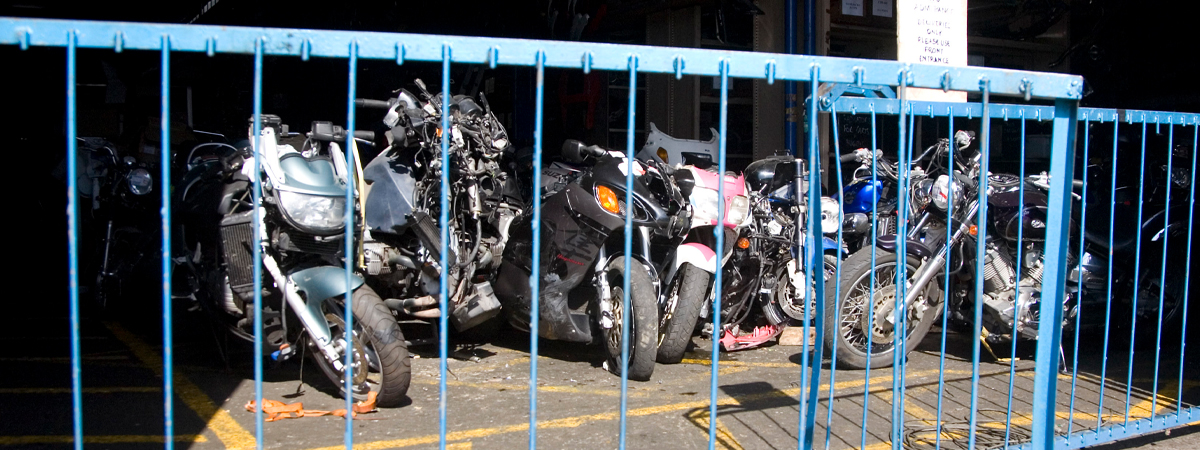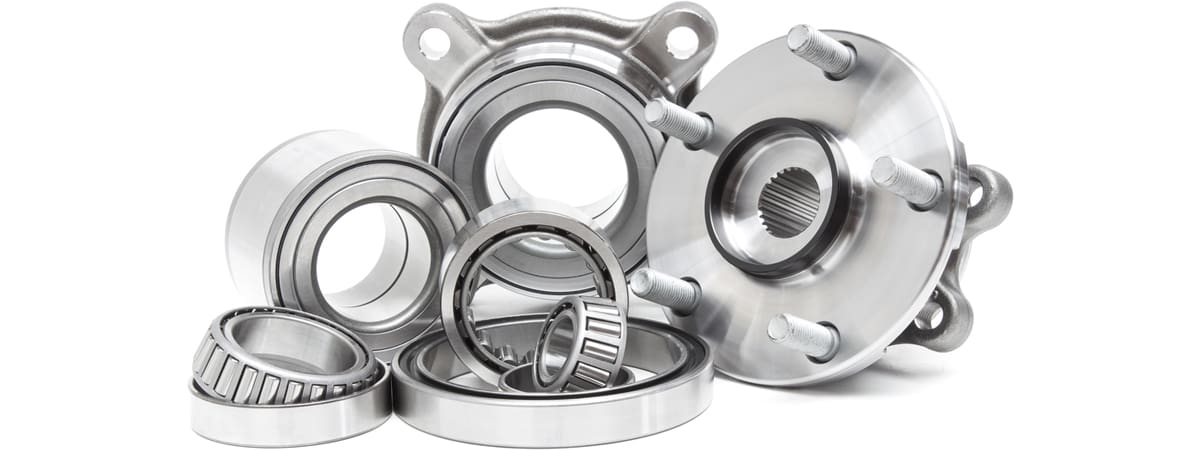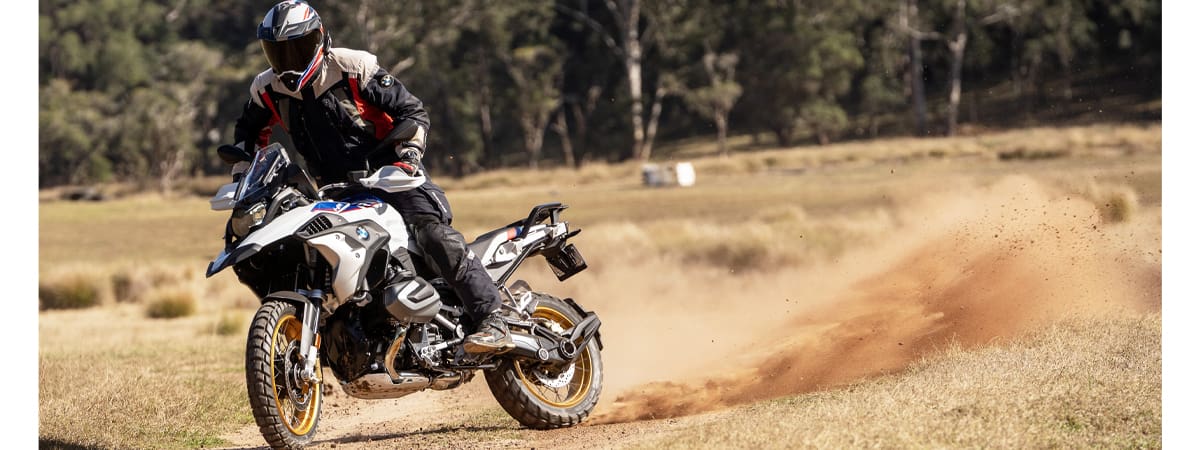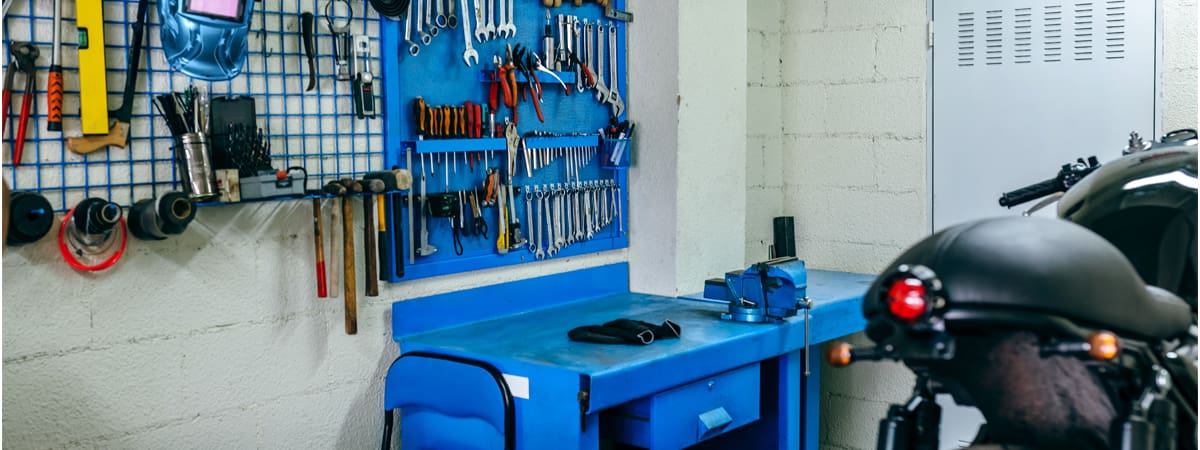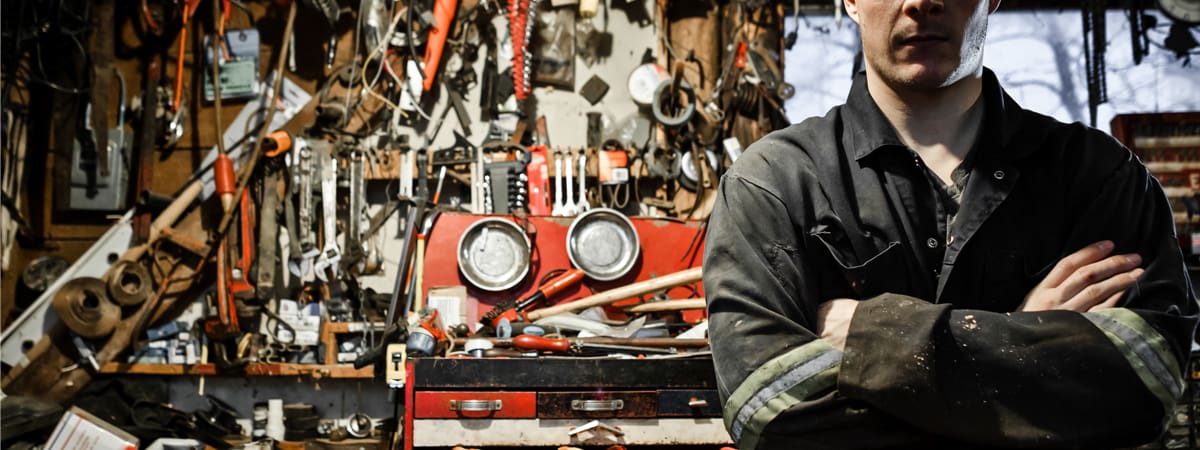The basics
The four fundamental tool types needed to tackle most basic motorcycle maintenance and repair jobs are spanners, sockets, screwdrivers and pliers. Save up your bickies, avoid dollar-shop crap and buy the best quality you can afford. Reputable brands with a lifetime warranty on manufacturing faults are always the best choice. AMCN’s workshop is stocked with SP Tools. Big multi-tool sets can be cost-effective, but often you will end up with tools mostly superfluous to the art of motorcycle maintenance. Check what is included and make sure you’re not just buying a load of toolbox ballast.
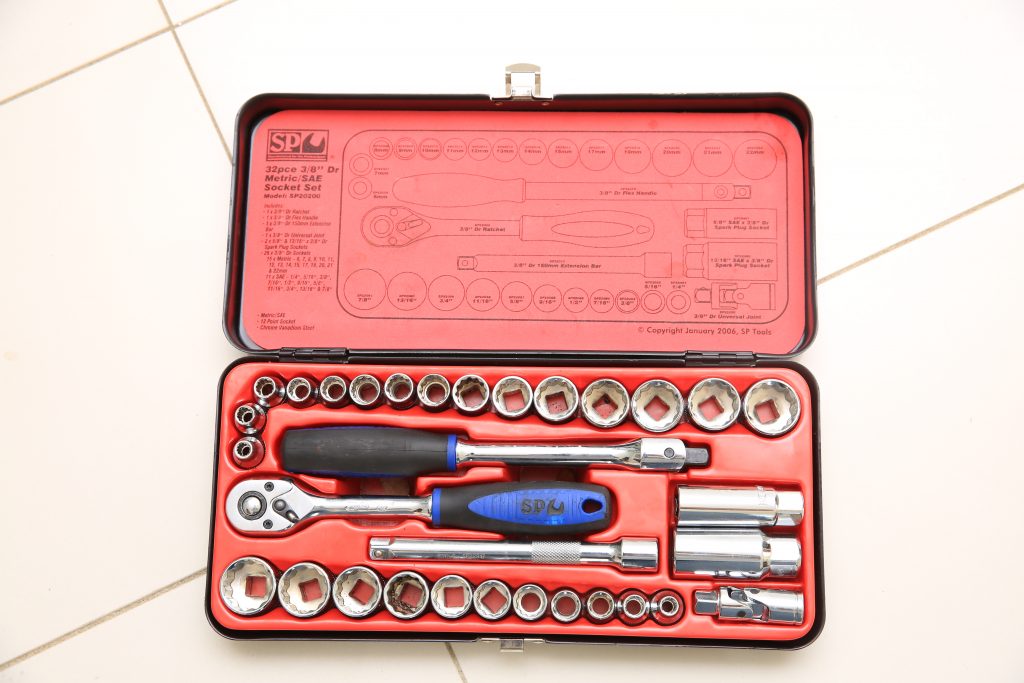
Drive it
There are three types of socket set, differentiated by the size of the square drive that connects the handle to the socket. If you can only afford one set, then go for a 3/8 inch drive set with an 8-19mm spread of socket sizes as a minimum. This won’t easily do the heavy jobs such as wheel removal, or satisfactorily cope with fiddly hard-to-get-to jobs, but it is the most versatile size of the three common ratchet drive sizes.
Investing in a 3/8 inch torque wrench (ratchet) and obeying your bike’s specified torque settings (according to the service manual) at the beginning of your mechanical journey will help you develop a feel for how tight different-sized bolts are supposed to be, and save you stripping threads.
To conquer all jobs, big or small, you will need to add both 1/4 and 1/2 inch drive tools to your socket selection. The smaller of the two can be bought relatively cheaply in a good quality brand and should have a minimum range of sockets from 6mm to 10mm, and long and short extender bars.
The tasks required of a 1/2 inch-drive socket are relatively few – wheel spindles, engine sprocket nuts, clutch hub nuts, etc – and usually require maximum leverage. For this reason, rather than buy an expensive 1/2 inch socket set with a relatively short ratchet handle and lots of redundant sockets, it is better to buy a top quality long 1/2 inch-drive breaker bar and the specific sockets needed for your bike, plus a short extender bar if necessary for access into those bigger nuts.
Taking this approach also prevents you from being tempted to use 1/2 inch-drive tools on small bolts, which inevitably leads to rounded heads and stripped threads.
Allen-head bolts are used in abundance on motorcycles of all ages, and Torx bolts are also increasingly used. Check out what your bike uses and tool-up accordingly.
Allen and Torx drive sockets are often included in socket sets but can also be bought individually. A wide-ranging set is a good investment for future projects, though. A set of conventional L-shaped Torx and Allen keys can be useful, but T-bars are easier to use, and sockets are more user-friendly and versatile.
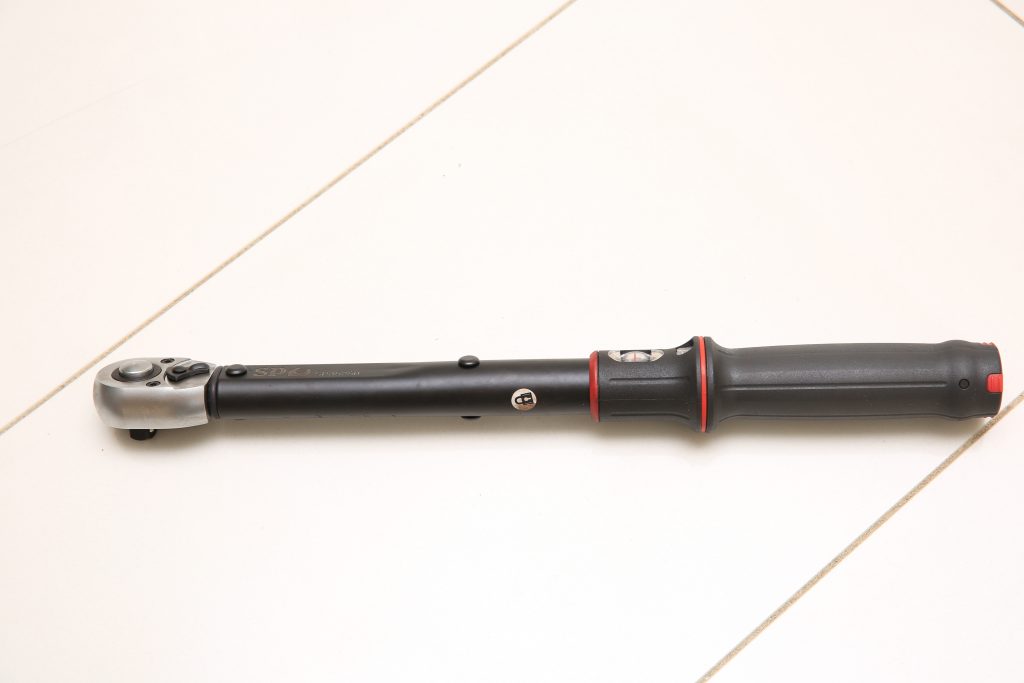
Spanner it
A good set of combination spanners (open at one end and ring spanner at the other) should cover from 8mm through to 19mm at the very least. Other sizes can be bought separately to suit the individual needs of your bike.
Double up on 8mm, 10mm and 12mm open-ended spanners, as these sizes are commonly used on cable and chain adjusters with a locking nut of the same size. Having two spanners saves you the shame and savagery of resorting to a pair of pliers.
An equivalent set of ring spanners can also be useful if your budget allows, but generally you will be able to get most jobs done with a set of combination spanners and a socket set.
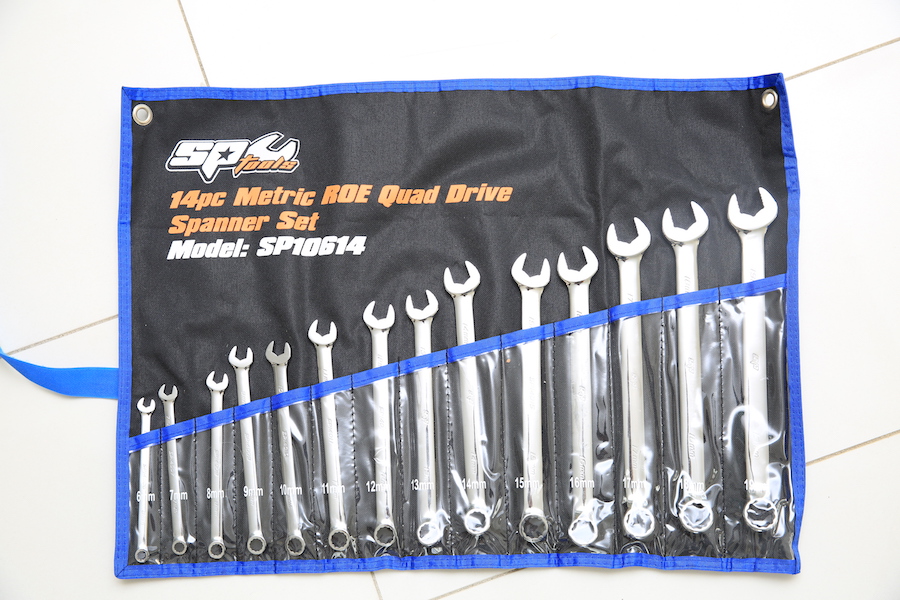
Screw it
Good quality screwdrivers are readily available in combination sets with both blade- and Phillips-head tips in a range of sizes and lengths. Magnetic-tipped versions are good for people blighted with 10 thumbs.
Try not to use your blade screwdrivers as chisels or pry-bars, and always check that the screwdriver selected fits the slot accurately before use. Screwdrivers are the most misused and abused of all tools, so buy quality, and use respectfully. For instance, if your bike’s front sprocket or clutch nut has a tab-washer to lock it in place, buy a small chisel or grind down the end of a piece of flat steel to prise open the tab rather than ruin your best blade screwdriver.
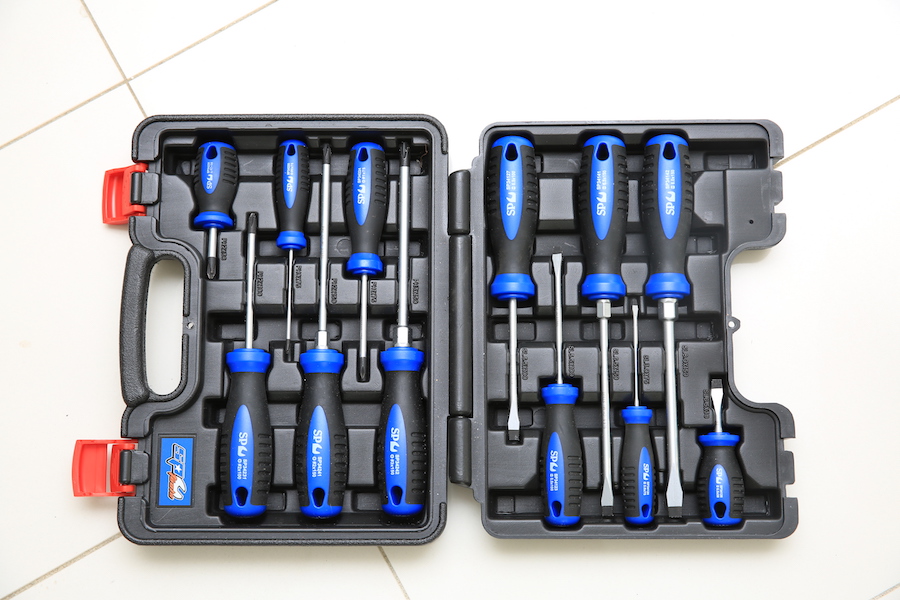
Pinch it
Pliers are often the first tool reached for when the appropriate tool isn’t available, and as such are responsible for a lot of bodge-related damage.
Multi-grips, vice-grips and pliers should only be used as a last resort, but every now and again they can be a lifesaver.
Look for a kit with standard square-nosed engineer’s pliers, needle-nosed pliers, side cutters and adjustable multi-grips. A second, equivalent set of pliers in small sizes are useful for fiddly jobs and electrical projects.
If you plan to delve deep into engine work, it’s likely you will also need circlip pliers at some stage. Either find a kit with both internal and external circlip-removing pliers – some have just one or two pliers and a range of removable tips – or wait until you know which circlips your bike has and buy the specific non-adjustable versions in the best quality you can afford.
Tools for life
Tooling up is a never-ending journey, and this is both one of the joys and frustrations of shed life. There is always another handy little do-dad to be had, and the tool you often need is the one tool you don’t yet have. But don’t beat yourself up over coveting the biggest toolbox on the block. The ultimate tool chest takes a lifetime to amass. Adding to it through knowledge gained and bare necessity is half the fun.
